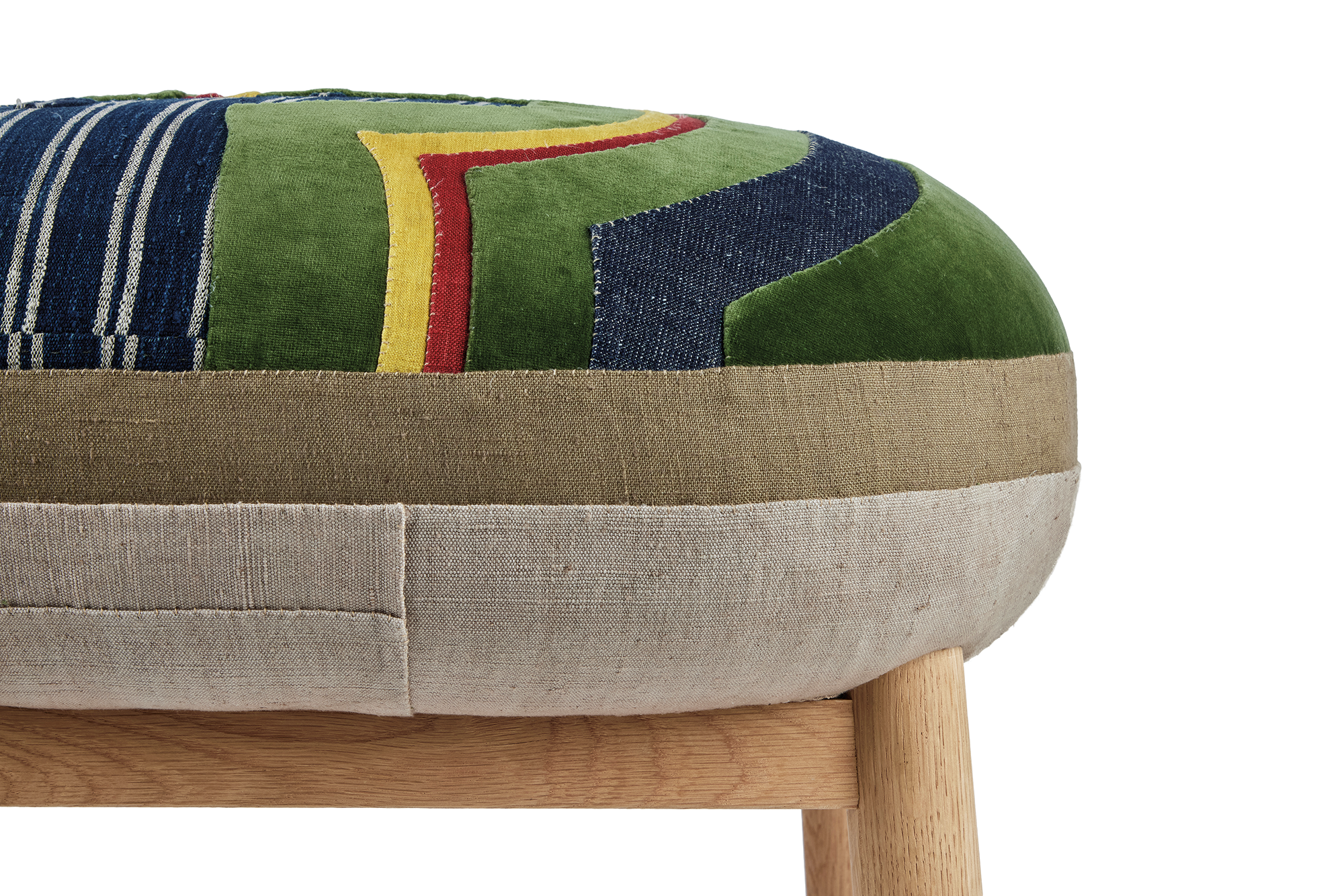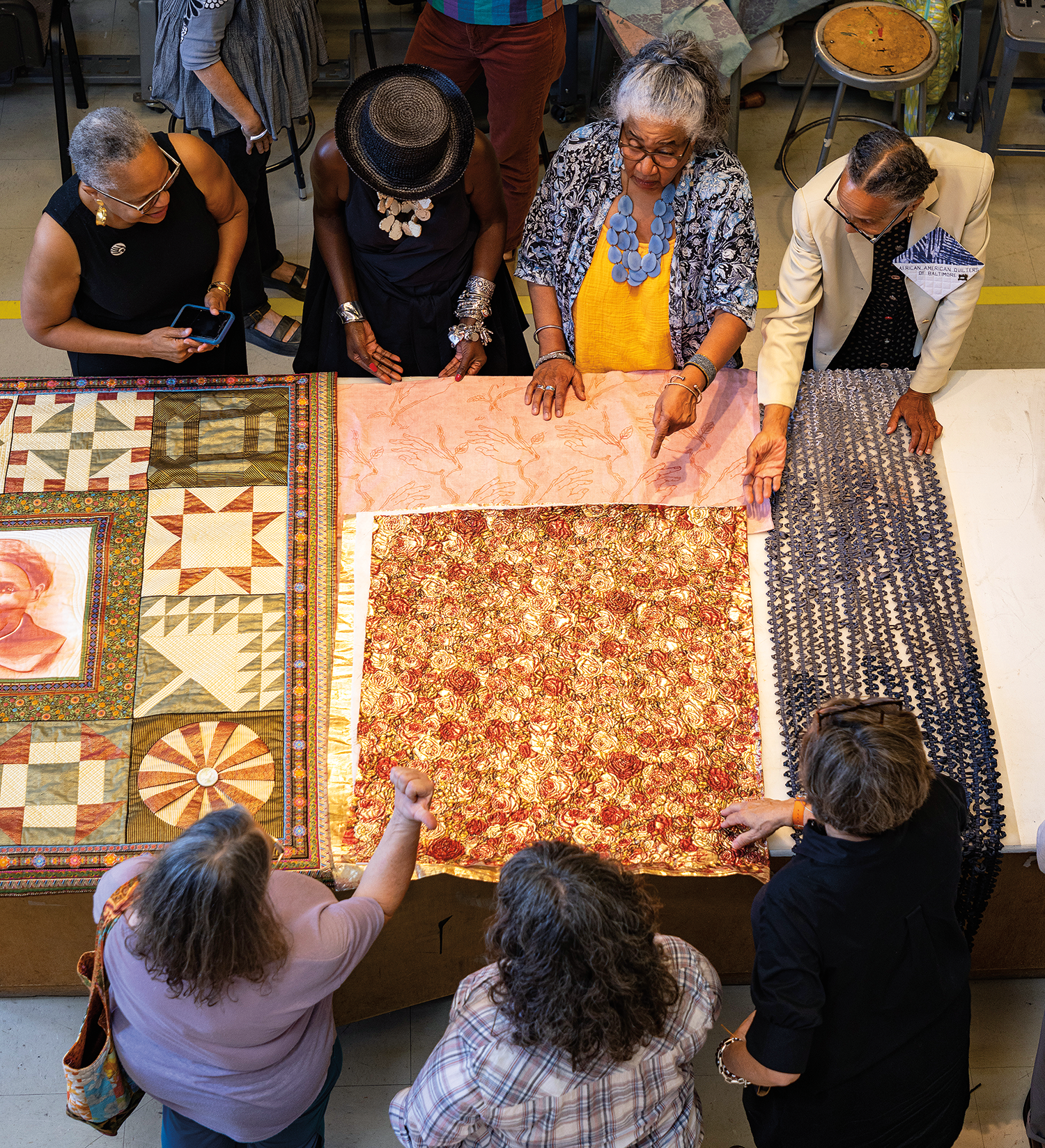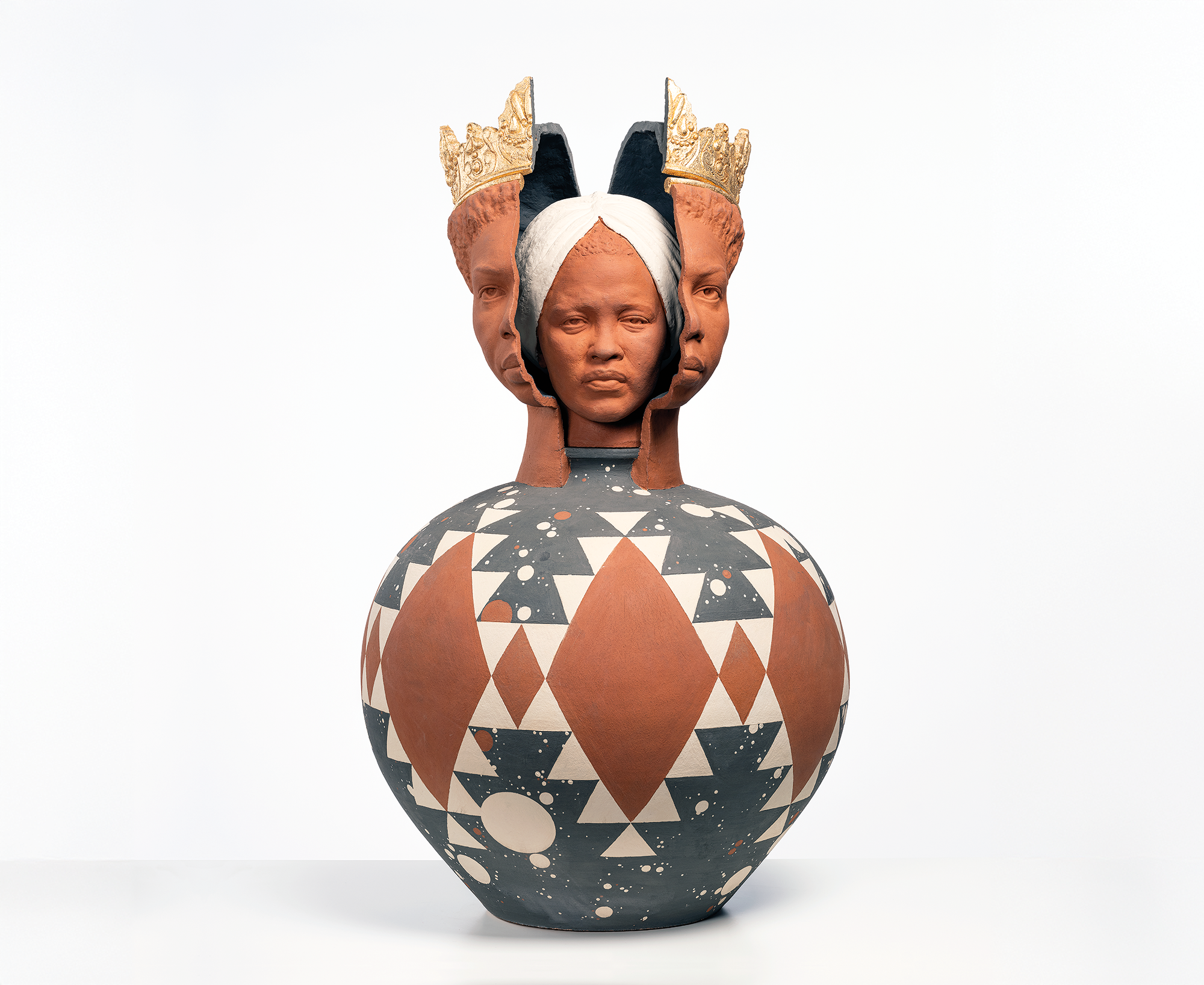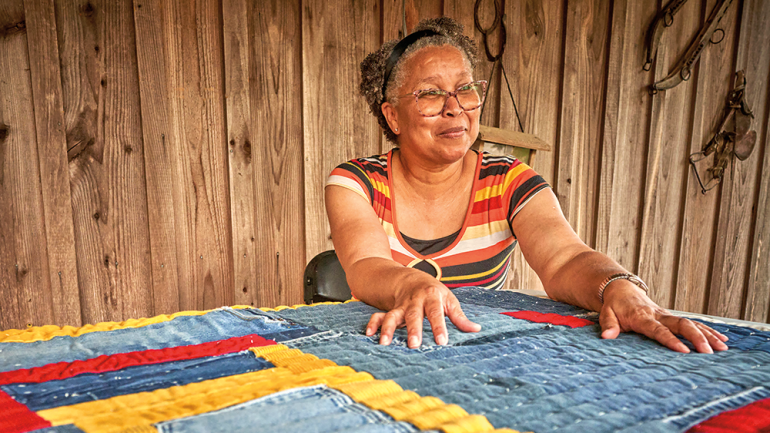Crafted stories.
Every object has a maker, and every maker has a story. Discover the narratives of emerging and established artists, the evolution of their creations, and how the everyday is made more extraordinary through the fine art of craft.
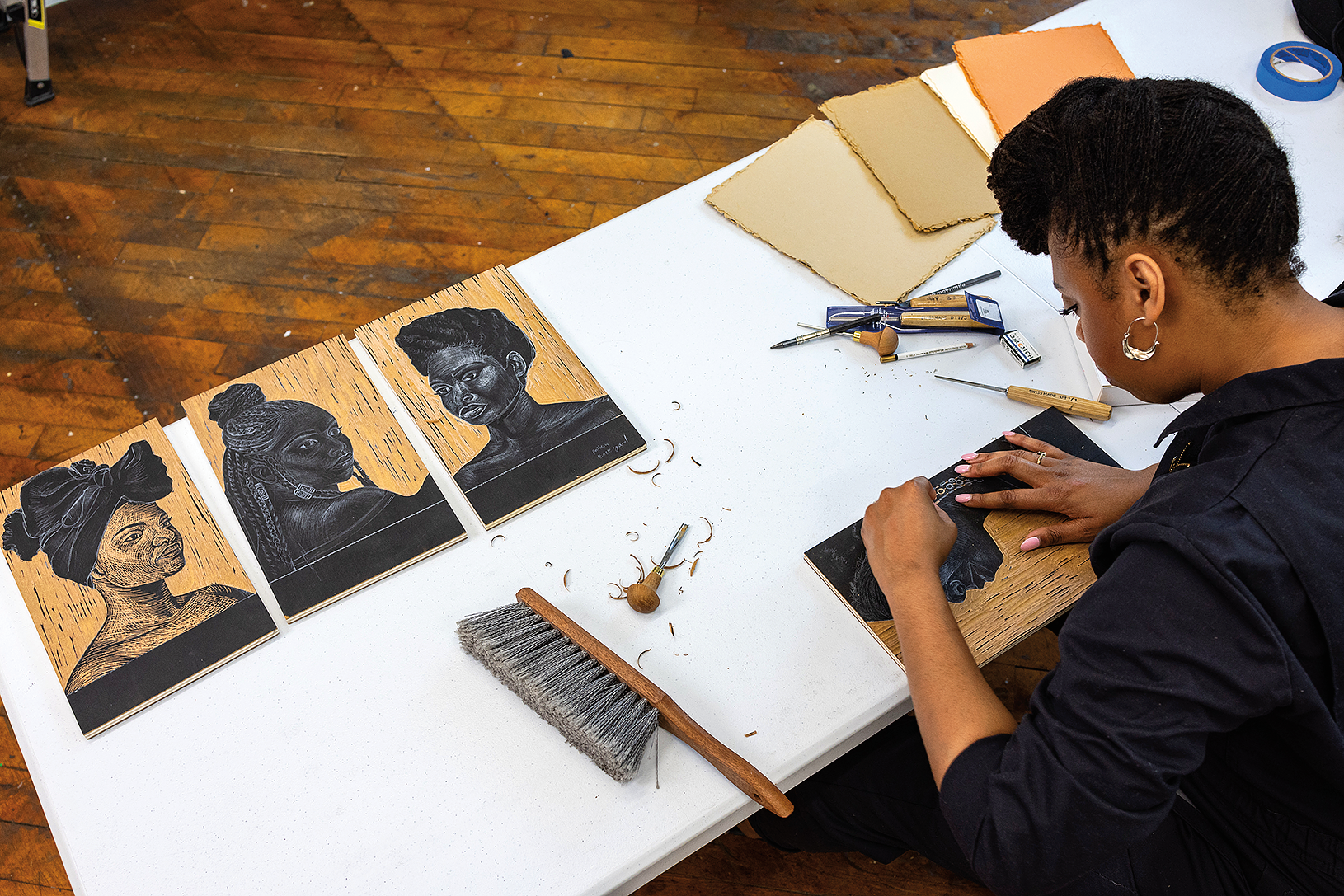
You are now entering a filterable feed of Articles.
139 articles
-
Free To Read
The Queue: John Paul Morabito
Digital Only
-
![]() MakersFree To Read
MakersFree To ReadPiece by Piece
Riffing on global textile traditions, Adam Pogue creates delightfully improvisational home goods and sculpture.
Winter 2025
At HomeFeatures + Profiles -
![]() MakersFree To Read
MakersFree To ReadHolding Space
Drawing on Irish traditions, Port Townsend, Washington–based artist Maureen Walrath weaves local willow into baskets that help usher souls into the next world.
Digital Only
Features + Profiles -
![]() Media HubFree To Read
Media HubFree To ReadACC Digitizes Recordings and More American Craft
With grant funding, ACC digitizes recordings and more American Craft!
Winter 2025
From the Archives -
![]() Handcrafted Living
Handcrafted LivingWhere the Present Hangs with the Past
Adelphi Paper Hangings, a small shop in Upstate New York, hand block prints historic wallpapers that are favored by a growing fan base of interior designers, including Kansas City, Missouri-based Katillac.
Winter 2025
At Home -
![]() Free To Read
Free To ReadThe Scene: Craft in Baltimore
Local artists share the people and spaces that define Baltimore, a city that thrives on collaboration and community.
Winter 2025
-
![]() Handcrafted Living
Handcrafted LivingFinds: Winter 2025
The American Craft Council staff share craft objects that spark wonder.
Winter 2025
Goods -
![]() Makers
MakersRiding into the Sunset in Style
Thanks to classic machinery, the boldly emblazoned chain-stitched shirts, jackets, pantsuits, and wallpaper swatches made at Austin, Texas’s Fort Lonesome are lighting up the Western stage.
Winter 2025
Craft Companies -
![]() Materials + ProcessesFree To Read
Materials + ProcessesFree To ReadLearning from Makers
Vacation With an Artist gives ordinary travelers a chance to learn from extraordinary artists—right in their studios.
Fall 2024
Destinations
Story categories.
-
Craft Happenings
Browse a timely, curated, and frequently updated list of must-see exhibitions, shows, and other events.
-
Points of View
Essays, craft histories, ideas, analysis, and other perspectives on the significance of craft.
-
Makers
Profiles, interviews, studio tours, and videos on people who are making the world more beautiful.
-
Materials & Processes
Learn about materials and how craftspeople transform them into functional and sculptural works.
-
Handcrafted Living
Discover practical and pleasing handmade goods and stories about living with meaningful objects.
-
Travel
Explore the world of craft by visiting the places and communities where it is created and celebrated.
-
Media Hub
Discover new books, niche periodicals, videos, and podcasts—plus highlights from ACC’s archives.
-
ACC News
Explore the impact of the American Craft Council and the ACC community through stories and updates on our programs, events, artists, and more.
Explore American Craft magazine.
Award-winning journalism in the craft field.
Learn more about one of the country’s leading publications on the diversity of American craft and its makers.

Become a member
Join today and start your craft journey!
Support makers, celebrate the handcrafted, and get American Craft delivered to your home with a membership to the American Craft Council.
